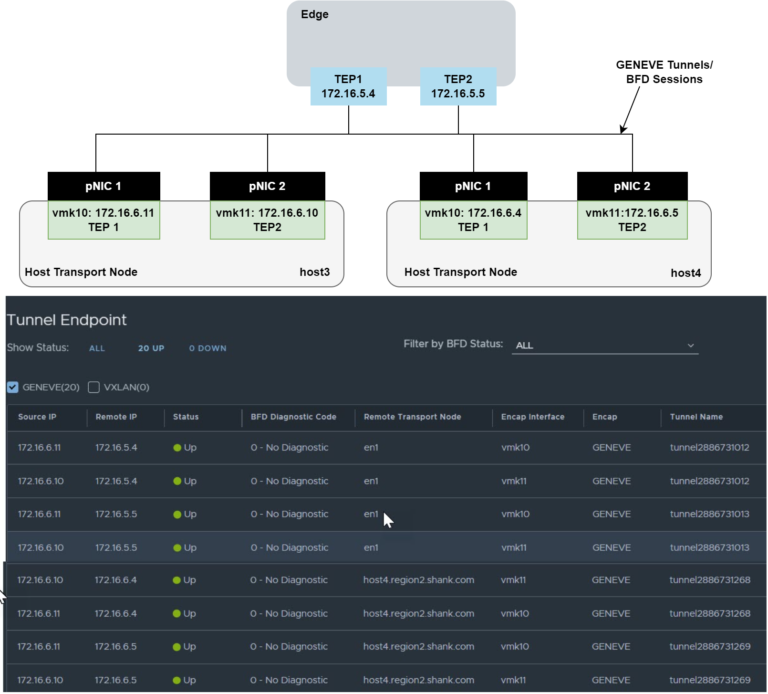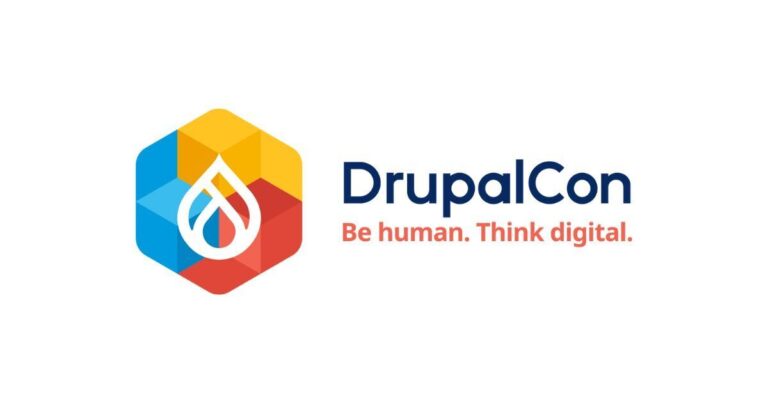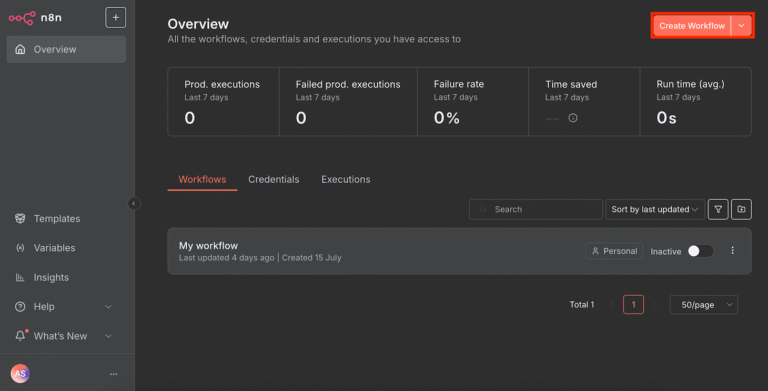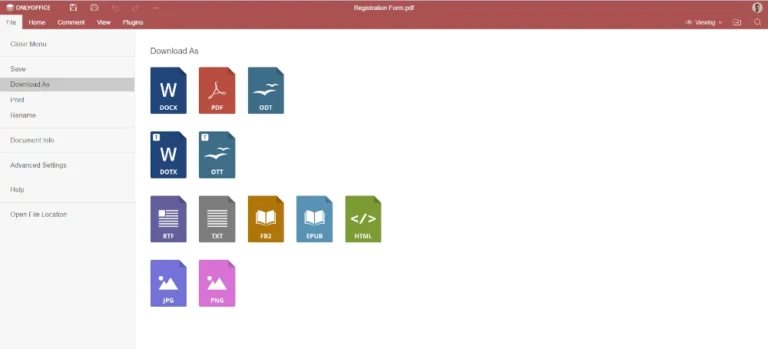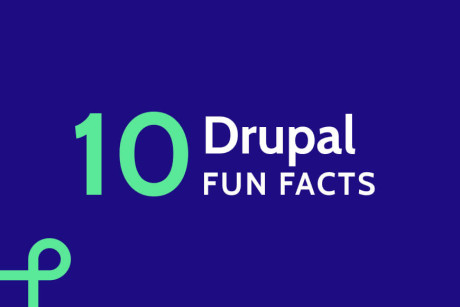
Starting from drop.org, the name began taking its form, while the audience changed. It attracted new members, and they started talking about new web technologies, such as moderation, syndication, rating, and distributed authentication. Drop.org slowly turned into a personal experimentation environment, driven by discussions sprung from an ever-changing flow of ideas. These ideas became methods and features in the software running drop.org.It wasn’t until January 2001 that Dries decided to release the software behind drop.org. The idea was to let others use and extend the experimentation platform so even more people could explore new paths for web development. He called the software “Drupal.” Pronounced “droo-puhl,” the name derives from the English pronunciation of the Dutch word “druppel,” which means “drop.”Source

